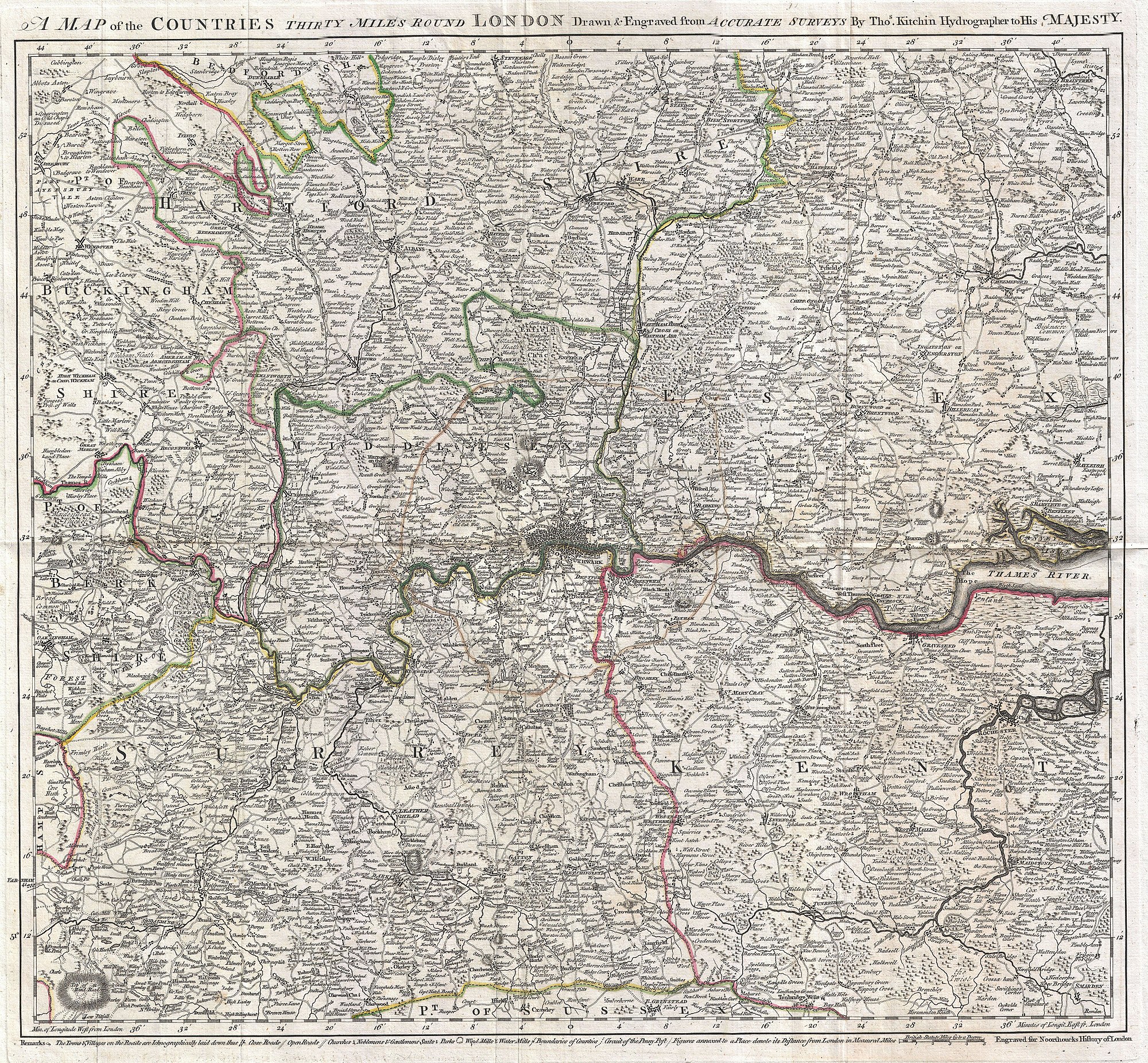
Wilderness Island is the 2.7 hectare island between the Wandle and Wrythe in Carshalton in the London Borough of Sutton. It is designated a Local Nature Reserve and a Site of Metropolitan Importance for Nature Conservation, is owned by Sutton Council and is managed by the London Wildlife Trust.
Features
[edit]A fish pond still remains from a former public garden on the site.[1] Other habitats are woodland, meadows and river. Trees include a black poplar, and there are birds such as the woodpecker, kingfisher and grebe. Butterflies/moths include the speckled wood, holly blue, and the rare hornet clearwing moth. The ponds are an important habitat which have a variety of wetland plants.[2][3]
It is designated a Local Nature Reserve and a Site of Metropolitan Importance for Nature Conservation. The site is owned by Sutton Council and managed by the London Wildlife Trust.[2][4][1]
Visitors, who must arrive on foot, must obey the envionrmental laws of Britain including not disturbing nesting birds at the small site; they have one access — from River Gardens.[2]
History
[edit]The island from the seventeenth century was the site of copper mills. It was later the site of a pleasure garden.
References
[edit]- ^ a b "Wilderness Island". London Parks and Gardens Trust. Retrieved 28 March 2014.
- ^ a b c "Wilderness Island". Local Nature Reserves. Natural England. 8 March 2013. Retrieved 28 March 2014.
- ^ "Wilderness Island". London Wildlife Trust. Retrieved 28 March 2014.
- ^ "Map of Wilderness Island". Local Nature Reserves. Natural England. Retrieved 28 March 2014.

Well, that’s interesting to know that Psilotum nudum are known as whisk ferns. Psilotum nudum is the commoner species of the two. While the P. flaccidum is a rare species and is found in the tropical islands. Both the species are usually epiphytic in habit and grow upon tree ferns. These species may also be terrestrial and grow in humus or in the crevices of the rocks.
View the detailed Guide of Psilotum nudum: Detailed Study Of Psilotum Nudum (Whisk Fern), Classification, Anatomy, Reproduction